A to Z HIGHLIGHTS OF EAST STAFFORDSHIRE – PART 6

RANGEMORE
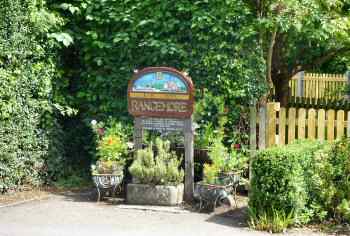
The small village of Rangemore grew up around Tatenhill Gate with one or two farms and cottages. It has been the home of the Bass family for generations. Since, Michael Thomas Bass II, grandson of William Bass, the founder of Bass Brewery had Rangemore Hall built in the late 1850s. His son, the first Lord Burton, reconstructed and extended the house in readiness for a visit by King Edward VII in 1902 and again in 1907. The grounds and gardens were beautifully laid by the famous landscape gardener Edward Milner.
In 1909, Nellie Bass, Baroness Bass, inherited the hall and at first divided her time between Rangemore and her two properties in Scotland. Eventually, she sold it to Staffordshire County Council when it became too much for her. In 1954 it was opened as the Needwood School for the Partially Deaf but closed 31 years later. Today, it has been divided into extravagant and luxurious apartments.
The village was constructed by Michael Bass and his descendants who built cottages for their employees. The Bass family also built the church and later the Rangemore Club and Reading Room.
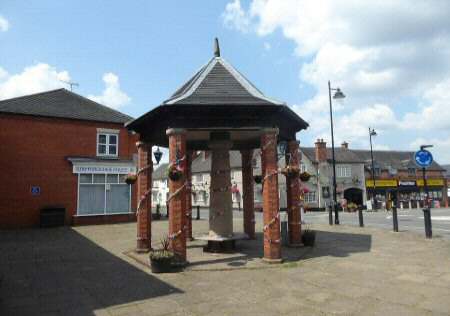
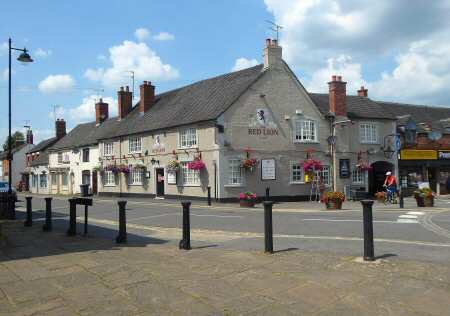
ROCESTER
The ancient village of Rocester, picturesquely situated between the River Dove and the River Churnet, has been inhabited for centuries. Arial surveys have discovered prehistoric remains. Also, a complete pot was found in 1939, which dates back to 2000 BC. The Romans also settled at Rocester, on the trade route between Derby and Chesterton and built a fort. When they left the local inhabitants took it over.
In 1146, an Augustinian Abbey was founded in the village, but demolished in 1538. Today, the area known as Abbey Fields marks the site. In 1781/82 Richard Arkwright built a very large water-powered cotton mill at Rocester. Following a disastrous fire, it remained derelict for several years. Until, it was taken over by the Tutbury Mill Company who brought workers over from Tutbury, building them houses and supplying other amenities. The mill continued in use for over 100 years eventually closing in 1985.
The arrival of JCB in 1950 soon began to have an impact on the village. Rapid growth followed making it the world’s third-largest maker of construction equipment and providing many opportunities for local people. St Michael’s Church is medieval in origin, although only the tower remains from that time following more recent re-building. The church’s main point of interest is the magnificent east window depicting ten scenes from the life of Christ. In the churchyard is the shaft of a Saxon Cross, which is well over 700 years old and claimed to be the best-preserved of its kind in Staffordshire.
ROCESTER – JCB

The JCB Company was founded on October 23rd, 1945 by the late Joseph Cyril Bamford in a tiny lock-up garage in Uttoxeter. When he manufactured a tipping trailer made out of wartime scrap. It was produced in his garage and sold for £45 at the market. The buyer’s old cart was also taken in part exchange and refurbished It was sold the following week for another £45. As Bamford’s landlady disapproved of his Sunday work, so he moved a few miles down the road to Crakemarsh Hall. In 1950, JCB moved again to the site of a former cheese factory in Rocester. Today, JCB is a multinational corporation owned by the Bamford family with its world headquarters at Rocester. The word JCB even appears in the Oxford English Dictionary.
JCB’s 42 acres of beautifully landscaped parkland, which includes three lakes sits opposite Rocester village. It is a popular leisure destination for visitors. Estate workers are employed to maintain the park and feed the wildfowl who are encouraged to breed on site. There are several sculptures on-site, the most significant being, the Fossor. Created entirely of digger parts, it weighs 36 tonnes and stands 45 feet high. At the time of its creation in 1979, it was the largest steel sculpture in Europe.
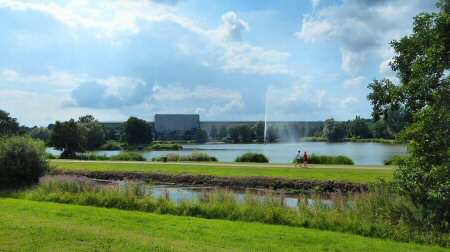
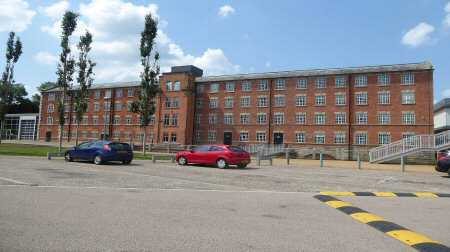
ROLLESTON-ON-DOVE
The picturesque village of Rolleston-on-Dove does not have the River Dove running through it as you might expect, but the Alder Brook. The brook considerably enhances the beauty of the centre of the village and its Conservation Area.
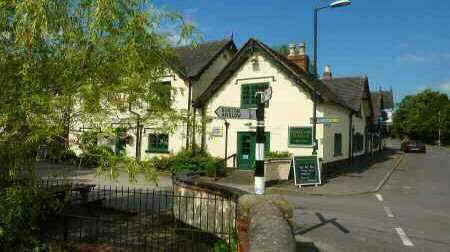
There has been a settlement at Rolleston, around the parish church of St Mary and the Alderbrook for hundreds of years. The church was built in about 1270, but there are traces of even earlier churches dating back to Saxon times. The village’s existence was first documented in King Edmund’s Charter of A.D. 942. It remained a small agricultural village for over one thousand years. Until recently, it has grown as a destination of choice for commuters.
In 1848 the North Staffordshire Railway Company opened a line connecting Burton via Tutbury and Marston Junction to gain access to the growing brewery trade. However, it was not until 1894 that the village station opened to passenger traffic. Sir Thomas Moseley, the first Chairman of the Railway Company decreed that the railway should not pass within one mile of Rolleston Hall. Despite the distance from the village, the railway provided much-needed transport for workers employed at Burton. The closure of the passenger line affectionately known as the ‘Tutbury Jinny” led to the creation of a nature trail called the “Jinny Trail” which follows the old railway line from Rolleston-on-Dove Station to Stretton.
The Rolleston and Mosley family dominated the village for centuries. But the hall where they lived was demolished in 1925.
ROLLESTON HALL
The Mosley family succeeded the Rolleston family as Lords of the Manor, a position they held for many years. Their arms can be seen above the fireplace in the pub, in the Spread Eagle public house. It was originally known as The Mosley Arms. Following the sale of the Mosley estate in the mid-1920s the hall was demolished after several attempts had been made to sell it by auction, first as a complete house and later as separate apartments. Most of the land was released for building, but some remnants of the old hall were converted into dwellings that still exist. Today, the only noticeable reminder of the hall’s existence to the casual observer is the impressive gateway to the old hall.
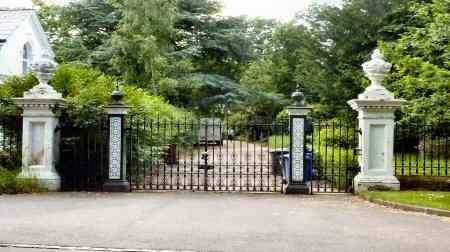
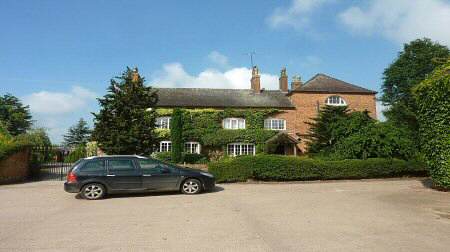
SHOBNALL
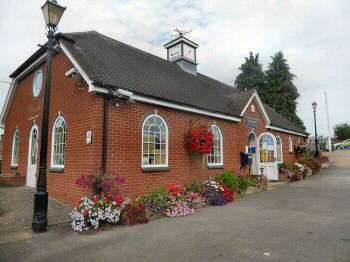
The southern section of the parish of Shobnall has almost entirely been given over to industry and other business uses. The proximity to a good road network and railway station has been a strong motivating factor in the success of the Centrum 100 Business Park and other businesses. Much of Burton’s brewing heritage is in Shobnall, including the Marston’s Brewery complex.
Many of the houses, shops and other businesses on the western and northern sides of the parish are terraced and fronted by narrow streets. The area has considerable heritage value, with several listed buildings in and around St Paul’s Square. The church opened in 1874, and the Burton Town Hall both stand in the square and are listed buildings. The statute of Michael Thomas Bass which fronts the Town Hall is also listed. Bass paid for the church to be built.
Shobnall has several green open spaces and woodland areas that form part of the National Forest. The Kingfisher Trail is a popular local nature reserve that runs along a stretch of the Trent and Mersey Canal towards the north of the parish. Another attraction is the marina. For the more active Shobnall Leisure Complex is ideal for sport and leisure. The wide range of outdoor facilities includes an eight-lane athletics track.
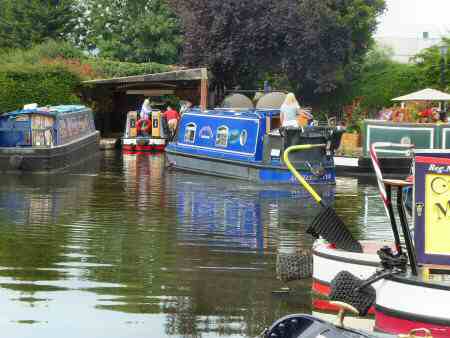
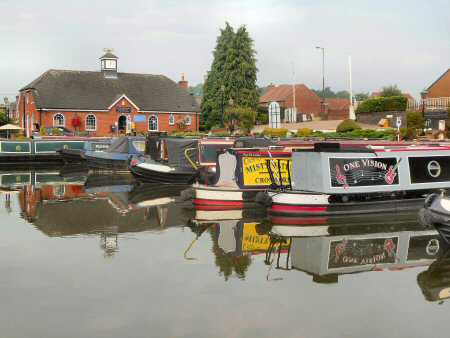
SINAI PARK HOUSE
Beyond the Trent and Mersey Canal to the north of Branston is Sinai Park House, views of which can be obtained from local footpaths or on an organised visit. Its hilltop site overlooking the Trent Valley has been used as a sacred meeting place and a lookout point for centuries. William Paget the first Baron of Beaudesert and one of Henry VIII’s chief ministers, acquired the house on the Dissolution of the Monasteries. The Paget family continued to own Sinai for almost 400 years and converted the timber-framed shooting lodge into a stylish Elizabethan manor house. In 1905 Sinai was sold and used as a Co-op farm, six cottages and a billet for RAF personnel, before being condemned and turned into a shelter for pigs, sheep and hens. Currently, a Restoration Project is in place to restore this beautiful place to its former glory.
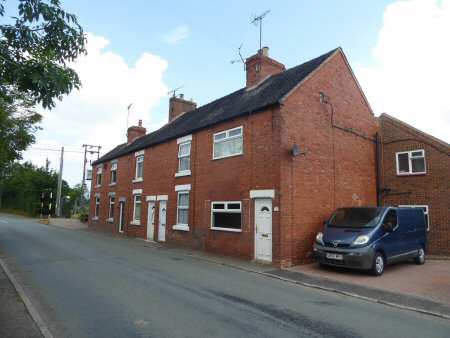
SPATH
Spath is a small village but was once the home to the largest independent bus company in the country. In 1926, John Stevenson a farmer from Fole sold his farm and bought a plot of land at Spath where he built a house and a bus garage. He acquired a brand-new 26-seater bus and started a service from Uttoxeter with Burton.
With the support of his family, the business prospered. Until, following several mergers by 1994 Stevenson was operating a fleet of two hundred and seventy vehicles across Staffordshire, Derbyshire, and the West Midlands conurbation. In the same year, the business was purchased by British Bus and today is part of Arriva Midlands.
The village is also notable as the site of the first automatic train-operated level crossing in the United Kingdom, which became operational in 1961. The railway line is no more and the road it crossed only leads to a farm.
